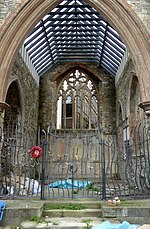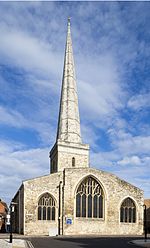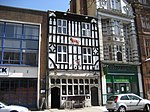Southampton City Centre
Southampton City Centre is the commercial and organisational centre of the City of Southampton, and the transport hub of the city. Because Southampton is on the South Coast of England, the city centre is not at the geometric centre of the city, but at the southern extremity. The traditional heart of the city is the High Street, which runs from the Town Quay to the Bargate, which was once the northern gateway to the walled city. As the city grew, this primary commercial area spread to the north of the Bargate, into Above Bar Street. Subsequent reclamation of land from Southampton Water to the west of the High Street meant further expansion in that direction, forming an area now known as West Quay and dominated by the modern Westquay shopping centre. When it opened, Westquay was the largest city-centre shopping centre in Europe, with around 100 shops.
Excerpt from the Wikipedia article Southampton City Centre (License: CC BY-SA 3.0, Authors).Southampton City Centre
High Street, Southampton St Mary's
Geographical coordinates (GPS) Address Phone number Nearby Places Show on map
Geographical coordinates (GPS)
| Latitude | Longitude |
|---|---|
| N 50.9014 ° | E -1.4041 ° |
Address
Shanghai 1814
High Street 165-168
SO14 2NZ Southampton, St Mary's
England, United Kingdom
Open on Google Maps











